
"Cape of Good Hope:
"One Apartheid Regime Down; One More to Go"
by Ramzy Baroud
May 22, 2007
I stand at the southernmost corner of Africa, the Cape of Good Hope. The grand mountains underneath and behind infuse a moment of spiritual reflection unmatched in its depth and meaning. Before me is an awe-inspiring view: here the Atlantic’s frigid waters gently meet the warm waters of the Indian Ocean. They meet but don’t collide. The harmony is seamless; the greatness of this view is humbling.
I was invited to South Africa to deliver a keynote speech at the ‘Al-Nakba’ conference, held in Cape Town. The journey led me to other cities. Many speeches, presentations, media interviews later, I sat with a borrowed computer and scattered thoughts: how can one reflect without the least sense of certainty, assuredness? I ought to try.
“Where are the Black Africans?” was the first question to come to mind as a friend’s car escorted me a distance from the Cape Town International Airport. I saw very few indications affirming that I was indeed in Africa as I gazed at the exaggeratedly beautiful surroundings of the airport. My friend needed not respond however, as the car soon hurriedly zoomed by a “squatters’ camp”; no slum can be compared to this, no refugee camp. Innumerable people are crammed in the tiniest and crudest looking ‘houses’ made of whatever those poor people could find laying around. It was not ‘temporary accommodations’, but permanent dwellings: here they live, marry, raise children and die.
It takes no brilliant mind to realize that Apartheid South Africa is still, in some ways, Apartheid South Africa. A lot has been done on the road to equal rights since the Africa National Congress (ANC) along with freedom fighters and civil society activists combined forces to defeat a legacy of 350 years of oppression, colonialism and – in 1948 – an officially sanctioned system of Apartheid, a system instilled by the white minority government to ethnically cleanse, confine and subdue the overwhelmingly black majority. True, the hundreds of Bantustans or ‘homelands’ in which the Blacks were locked, only to be allowed to leave or enter White areas – as servants – with a special pass, are no longer an officially recognized apparatus. The ‘presidents’ of those Bantustans – puppet rulers hand picked by White authorities – are long discredited. Now, South Africans, of all colors, ethnicities and religions select their own leaders, in democratic elections that are, more or less, reflective of the overall desires of the populace. But it takes much more than 13 years, and uncountable promises to reconcile the calculated inequality of centuries.
Despite a hectic schedule of two weeks, I made it a goal to visit as many squatters’ camps as I could. I followed the path of ethnic cleansing that took place in District Six in Cape Town; it was a Trail of Tears of sorts, a Palestinian Catastrophe. My grandparents, mother and father where dragged from their homes under similar circumstances in 1948 in Palestine. They too were not suitable to live within the same ‘geographic radius’ with those who had deemed themselves superior. Those who were forcibly removed from District Six have finally won their land back. Palestinians are still refugees. My grandparents are long dead, so is my mother. My father, a very ill and old man, is waiting in our old home in the refugee camp in Gaza. He refuses to yield, to capitulate.
I spoke at a technical college that was erected for Whites only on the exact same spot where thousands of Colored and Blacks were uprooted and thrown somewhere else, somewhere more discreet, more acceptable to the taste of Apartheid administrators. I paid a tribute to those resilient people who refused to embrace their inferior status, fought and died to regain their freedom and dignity. I saluted my people, who stood in solidarity with the fighters of South Africa. In our Gaza camps, we mourned for South Africa and we celebrated when Nelson Mandela was set free. My father handed out candy to the neighborhood kids. When Bishop Desmond Tutu visited Palestine, Israeli settlers greeted him with racist graffiti and chants across the West Bank. For Palestinians, this was a personal insult. Tutu is ours, just as Che Guevara, Martin Luther, Malcolm X, Mahatma Gandhi, Ahmad Yassin and Yasser Arafat were and still are.
On Robin Island, where Mandela and hundreds of his comrades were held for many years, I touched the decaying walls of the prison. Food in the prison was rationed on the basis of skin color. Blacks always received the least. But prisoners defied the prison system nonetheless; they created a collective in which all the food received would be shared equally amongst them. I tore a piece of my Palestinian scarf and left it in Mandela’s cell; its chipped, albeit fortified walls, its thin floor mattress still stand witness to the injustice perpetrated by some and the undying faith in one’s principles embraced by others. I visited every cell in Section A and B, touched every wall, read every name of every inmate: Christians, Hindus, Muslims and Bantus were all kept here, fought, died and finally won their freedom together. They referred to each other as comrades. Injustice is colorblind. So is true camaraderie.
I have never felt the sense of solidarity and acceptance that I felt in South Africa. There is an unparalleled lesson to be learned in this amazing place. There is a lot to be sorted out: a true equality to be realized, but a lot has also been done. A veteran ANC fighter thanked me for the arms and money supplied to his unit, and many other units, by the PLO in the 1970’s and 80’s; he said he still has his PLO uniform, tucked in somewhere in his little decrepit ‘house’ in one of the squatters’ camps dotting the city. It was a poignant reminder that the fight is not yet over.
Amongst the many names scribbled at the fenced wall at the helm of Cape of Good Hope, someone took the time to write “Palestine”. In the Apartheid Wall erected by Israel on Palestinian land in the West Bank, the South African parallel is expressed in more ways than one. The relationship cannot be any more obvious. The fight for justice is one, and shall always be.
-Ramzy Baroud is a Palestinian author and journalist. His latest volume: The Second Palestinian Intifada: A Chronicle of a People’s Struggle (Pluto Press: London) is available at Amazon.com. He is the editor of PalestineChronicle.com and can be contacted at editor@palestinechronicle.com

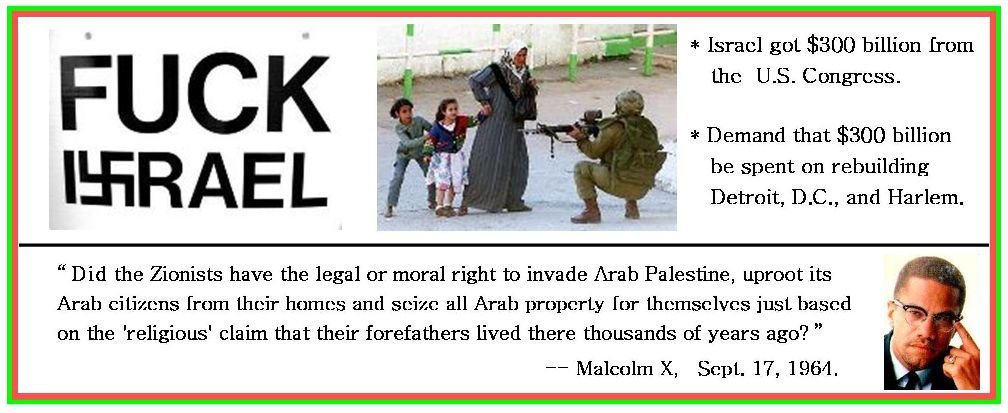
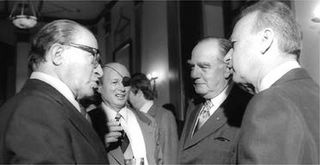
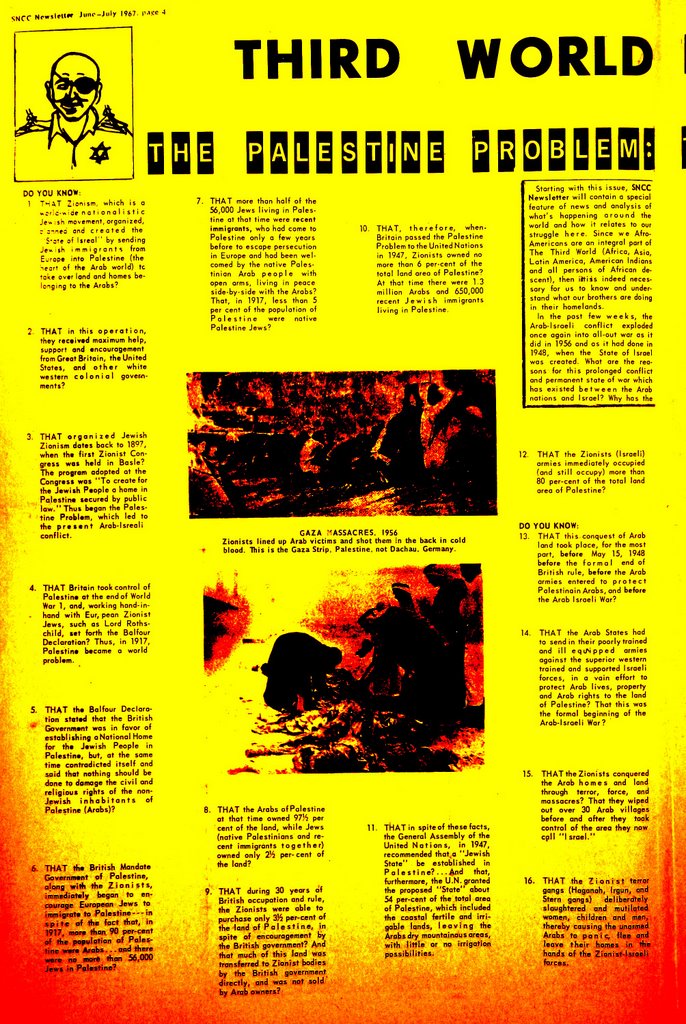
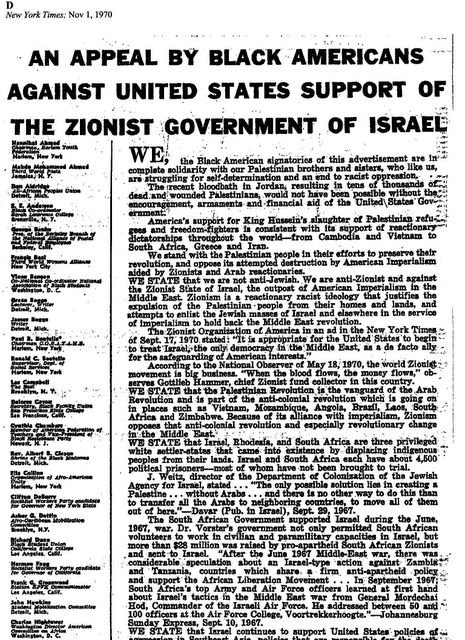
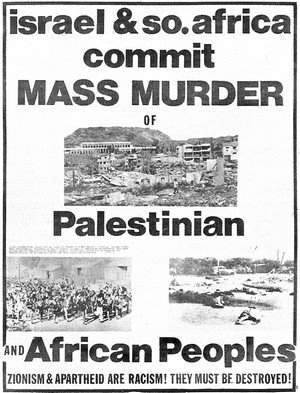
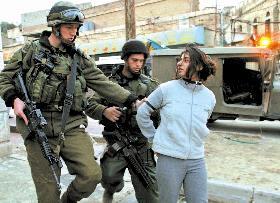

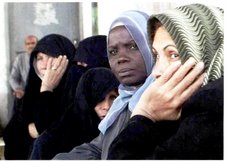
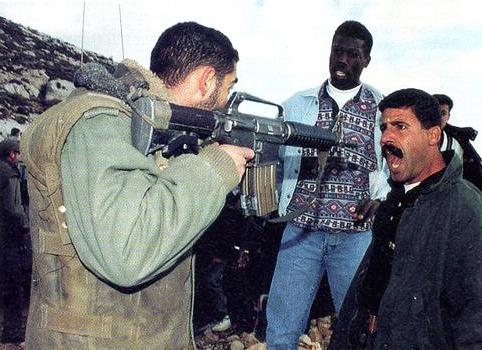
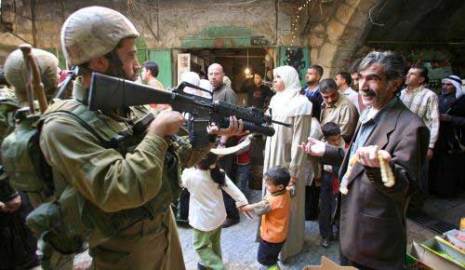




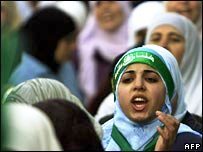
No comments:
Post a Comment